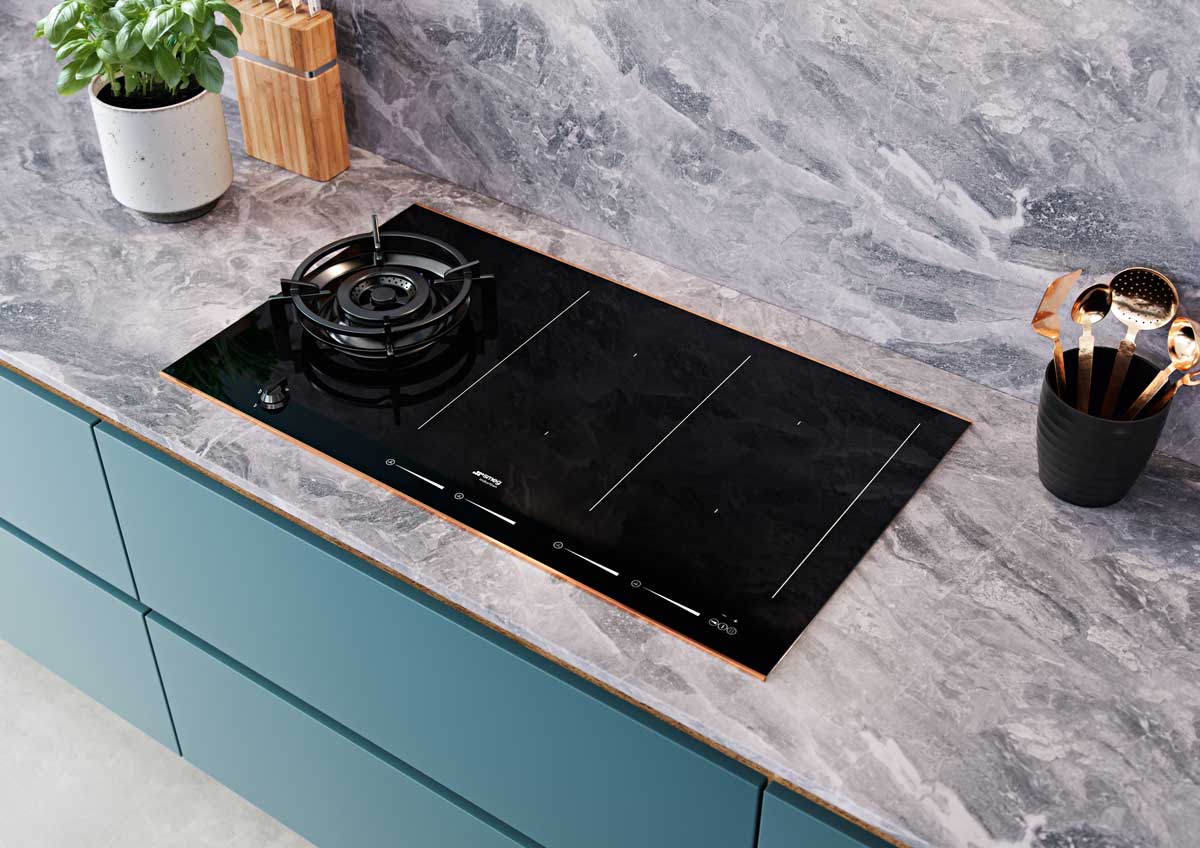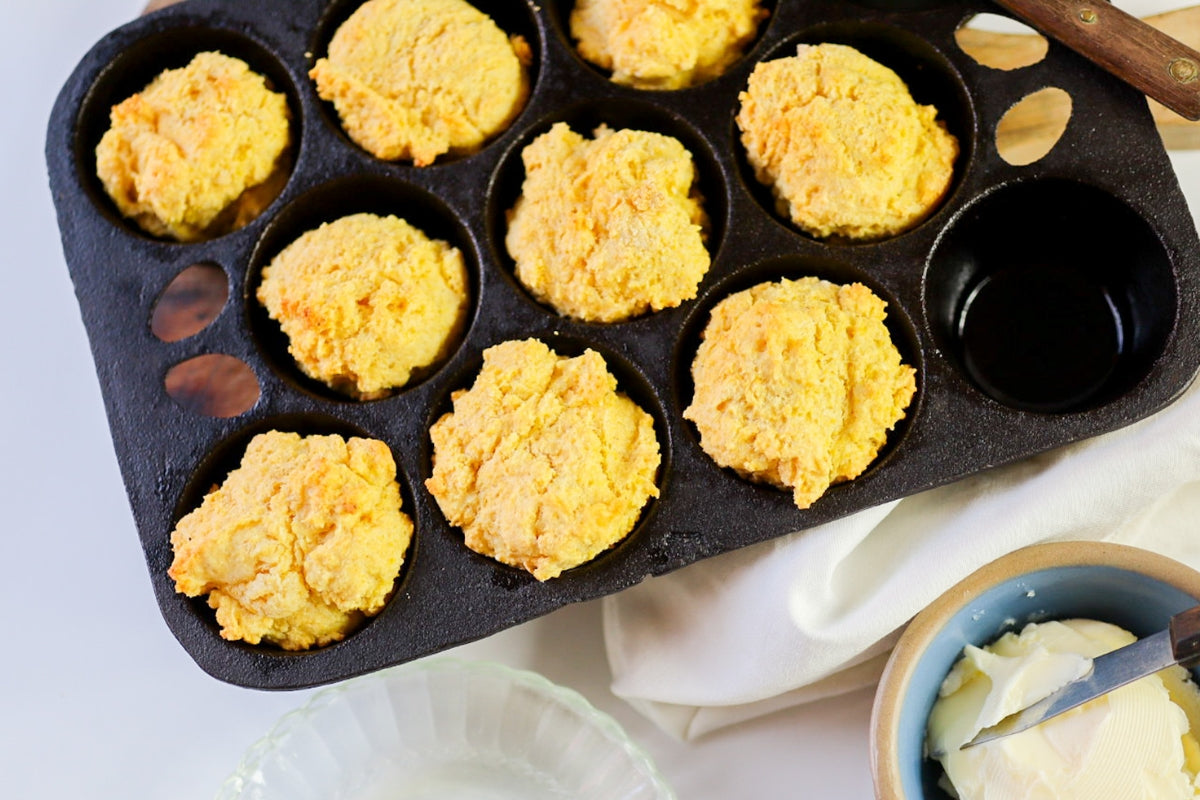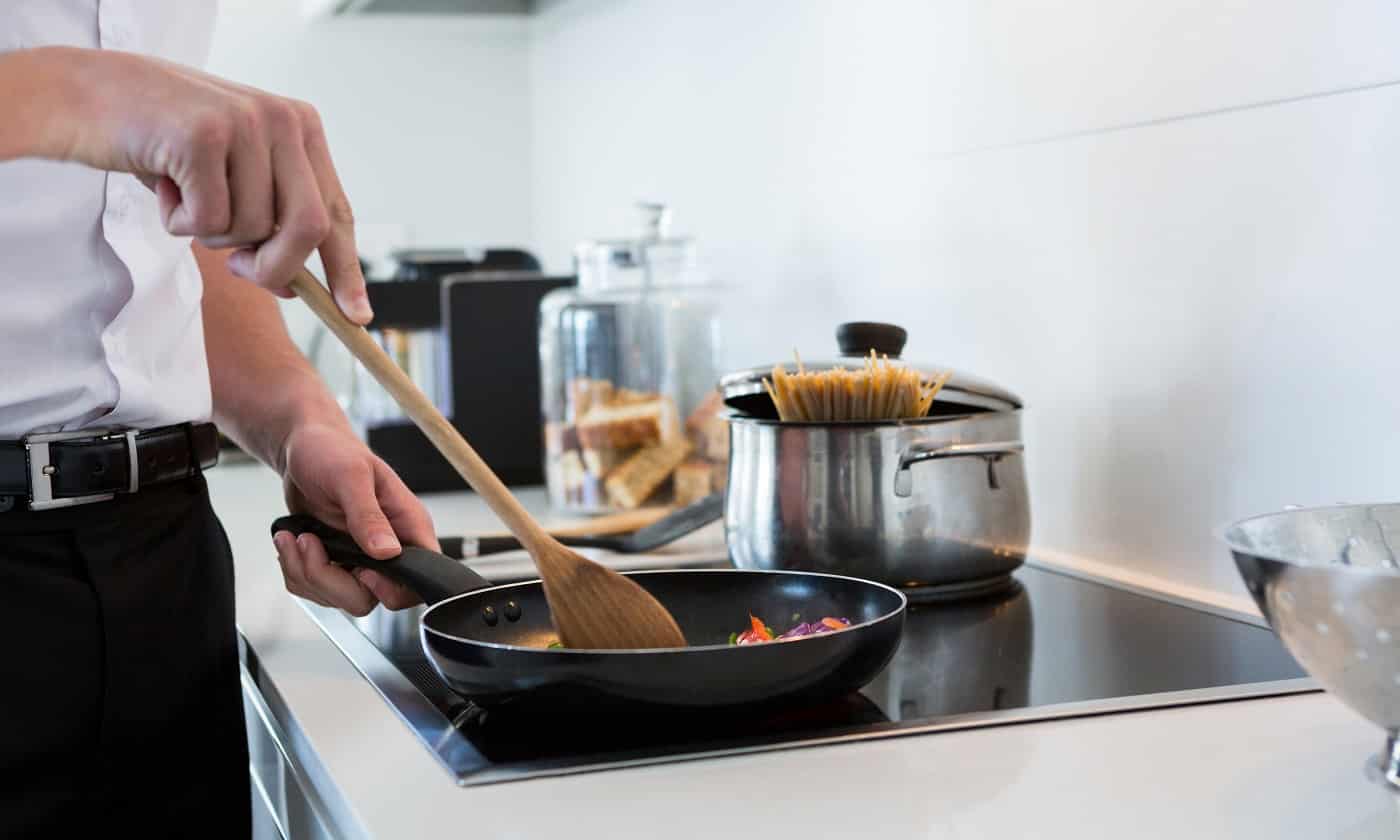When it comes to cooking with cast iron, professional chefs know the immense value it brings to the kitchen. The versatility, even heat distribution, and ability to retain heat make it a staple in many culinary environments. However, with its benefits, come challenges, particularly in the realm of hot handle safety. Understanding how to safely handle a hot cast iron skillet is crucial for avoiding burns and ensuring a seamless cooking experience.
One of the primary concerns with cast iron cookware is the heat it retains. This can be both an advantage and a potential hazard, especially when it comes to the handle. It's essential to recognize that the handle can become extremely hot, posing a risk of burns. Here, we delve into the nuances of hot handle safety with cast iron and provide tips to ensure safety in the kitchen.

Understanding Cast Iron Heat Retention
Cast iron is renowned for its ability to maintain consistent heat levels, which is why it's highly favored among chefs. This quality is particularly advantageous when searing meats or cooking dishes that require steady heat. However, this same property means that the handles can become as hot as the cooking surface. Understanding this aspect is fundamental for preventing accidental burns.
When using cast iron, always ensure that you have the necessary tools to handle the hot surfaces. This includes using pot holders, oven mitts, or specialized handle covers designed for cast iron. These accessories serve as a barrier between your skin and the scorching temperatures, greatly reducing the risk of injury.
Utilizing Handle Covers and Mitts
Investing in quality handle covers and mitts is a wise decision for any kitchen professional. These tools are specifically designed to fit snugly over cast iron handles, providing a protective layer. They are made from heat-resistant materials that can withstand high temperatures, allowing you to maneuver your cookware with ease and safety.
There are various types of handle covers available, from silicone to fabric-based options. Each type has its own benefits, and your choice will depend on personal preference and specific kitchen needs. Ensure that the covers you select are designed to withstand the temperatures typical of your cooking scenarios. For more detailed insights on the types of handle covers, you can refer to [this resource from Whirlpool](https://www.whirlpool.com/blog/kitchen/can-you-use-cast-iron-induction.html).
Best Practices for Handle Safety
Adhering to best practices is essential for maintaining safety while using cast iron cookware. Here are some key tips to incorporate into your routine:
- Always use protection: Never attempt to touch a hot cast iron handle without a protective cover.
- Be mindful of placement: When removing a dish from the oven, ensure the handle is turned to a safe position to avoid accidental contact.
- Communicate in shared kitchens: If you're working in a professional kitchen, communicate with your colleagues about hot handles to prevent accidents.
Maintaining Awareness in a Busy Kitchen
Kitchens are bustling environments, often with multiple cooks working simultaneously. It's easy to lose track of what's hot and what's not. Maintaining a culture of safety is vital. Regular reminders and clear communication can help ensure that everyone in the kitchen is aware of potential hazards like hot cast iron handles.
Consider implementing safety protocols such as marking hot pans with a designated signal or using a specific area for resting hot pans. These practices can significantly reduce the risk of accidents and enhance overall kitchen safety.
Integrated Heat Control Techniques
For those seeking to master their cast iron cooking, controlling heat effectively is key. While ensuring hot handle safety is crucial, so is understanding heat distribution and its impact on your dishes. For comprehensive guidance on heat control using cast iron, you can explore this article on heat control techniques.

FAQs
Q1: How can I prevent burns when using cast iron?
A1: Use protective gear such as handle covers and mitts. Always be aware of the handle's temperature.
Q2: What materials are best for handle covers?
A2: Silicone and heat-resistant fabrics are popular choices for their durability and effectiveness.
Q3: Can cast iron be used on induction cooktops?
A3: Yes, cast iron is compatible with induction cooktops. For more information, visit Lodge's guide on using cast iron.
By understanding and implementing these safety tips, kitchen professionals can enjoy the benefits of their cast iron cookware while minimizing risks. With the right precautions and knowledge, mastering hot handle safety with cast iron becomes an achievable goal, ensuring a safer and more efficient cooking environment.






Leave a comment
This site is protected by hCaptcha and the hCaptcha Privacy Policy and Terms of Service apply.